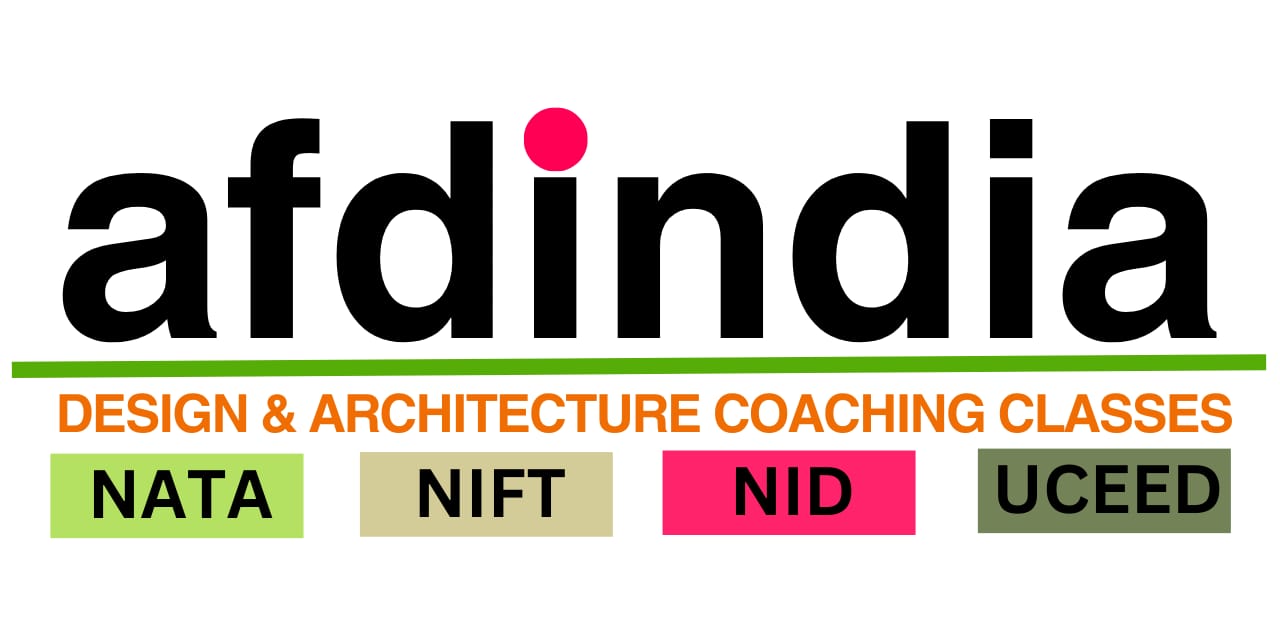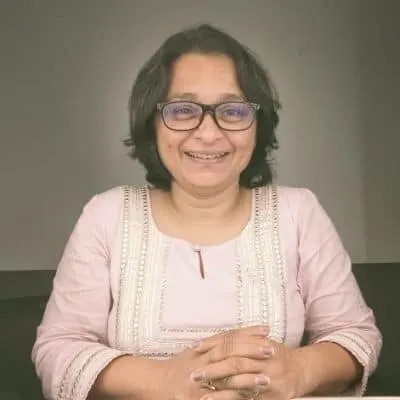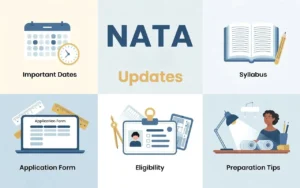Cracking the drawing section of JEE Paper 2A can feel challenging, but with the right preparation, it often becomes one of the highest-scoring parts of the exam. This section isn’t just about neat sketches—it reflects your creativity, imagination, and ability to think like an architect. Understanding its importance is the first step toward mastering it.
Why the Drawing Section Matters
When discussing JEE Main Paper 2A for B.Arch, the emphasis is primarily on mathematics and aptitude. The drawing part gets pushed to the side. But in reality, those two or three drawing questions can swing the whole result.
Think about it. Everyone prepares for aptitude from books and question banks, so the marks there don’t vary much. But drawing is where the difference shows. The examiner isn’t only checking if you can sketch a chair or a market scene. They’re looking for proportion, perspective, and whether you can show an idea cleanly on paper without making it messy.
Many students lose marks here because they overdo shading, or they leave the drawing half-finished. A simple, neat sketch often earns more than a complex one that looks rushed. That’s why this section matters more than it appears when you first glance at the JEE Paper 2A exam.
Understanding the JEE Paper 2A Drawing Format
The drawing section in JEE Main Paper 2A has its rhythm. Two questions. Each carries 35 marks, so a total of 70. Sounds short, but these 70 marks decide whether your name climbs up the B.Arch merit list or gets buried under the competition.
The JEE Paper 2A syllabus for drawing is broad on paper: sketching objects, landscapes, everyday activities, and imaginative compositions. In practice, the examiners keep rotating themes, but the base ideas stay the same. One year it might be “sketch a marketplace,” another year “design a book cover,” or “draw a view of a classroom from the back bench.” These aren’t random—they’re testing how you notice details around you and translate them into proportionate, readable sketches.
Students usually get 90 minutes for this section. That’s where planning matters. Spending too long on one drawing leaves the second unfinished, and unfinished work gets heavily penalized. Past papers show a clear trend: questions focus on observation, proportion, and creative imagination rather than polished artistry.
So if the math and aptitude sections are about formulas and logic, this part is about how steady your hand is and how quickly your eyes catch details that others miss.
Common Types of Drawing Questions Asked
The drawing part of the JEE Main Paper 2A doesn’t stick to a single pattern. Over the years, a few question styles have come back, so it makes sense to know them inside out. One type is memory-based sketches. For example, “draw a street scene outside a railway station” or “sketch a cricket match in progress.” The examiner expects proportionate figures, perspective in the background, and at least a hint of activity in the scene.
Then there’s the 2D to 3D transformation. A simple shape or block is given, and you’re asked to convert it into a 3D form or design. Here, shading and light strokes matter because they show depth without clutter. Perspective-based tasks are another favourite. You may get “draw a classroom as seen from the teacher’s desk” or “sketch a market from a bird’s-eye view.” If you’ve practised one-point and two-point perspective, these become manageable.
Composition and imagination questions also show up. Things like “design a poster for environmental awareness” or “draw a logo for a sports event.” These check creativity and balance more than drawing accuracy. From old papers, it’s clear: whether it’s a bus stop, a festival scene, or a living room interior, the examiner wants clean lines, correct scaling, and a drawing that tells a story without words.
Expert Tips to Tackle the Drawing Section
In the drawing part of the JEE Paper 2A exam, speed and neatness matter more than fancy work. A lot of students waste time filling every corner with shading, and then the second sketch stays half-done. Examiners cut marks in such cases.
- The better approach is simple: first mark out the big shapes. If it’s a room, get the walls and tables in place before thinking about the fan or windows. If it’s a street scene, place the road and main figures. Once the basics are fixed, then only add details.
- Shading should be quick: just enough to show depth (detailed shading is not required). Too much pencil work smudges and looks messy. A clear drawing with light shadows gets more marks than a dark, overdone sheet.
- Best practice isn’t from books: it’s from life. Sketch a tea stall while waiting, draw the view outside your balcony, or try a five-minute sketch of your study table. These rough sketches build speed.
- Common mistakes: forgetting proportions, filling the page with extra objects, and leaving work incomplete. Even a small habit like keeping margins neat makes your sheet look better to the examiner. And one more thing, always practice with a timer. Ninety minutes feel long when you are in the exam hall.
Building a Preparation Strategy
Preparation for the drawing part of JEE Main Paper 2A doesn’t mean hours of perfect sketching every day. What works better is steady, timed practice. Break it into small time blocks, practical habits that stick. Set aside twenty minutes daily for observational drawing. Pick random scenes around you—a bicycle leaning on a wall, two friends talking, a lamp on your study table. The aim is not beauty; it’s speed and proportion. After a month, the improvement is visible.
Once or twice a week, do a full-length practice. Two questions, 90 minutes, just like the JEE Paper 2A exam. This helps you understand where time slips away. Maybe you overdo shading, maybe you get stuck in details—mock practice exposes that. Keep the JEE Paper 2A syllabus in front of you when practicing. Cross-check if your sketches cover themes like memory drawings, perspective, or poster design. Many students focus only on one style, and then a different type comes in the real exam, and they panic.
Old papers and memory-based questions are gold. They show the trend: street scenes, classroom views, and design tasks. Practice them more than once, but don’t memorize; try different ways to show the same idea.
Also, don’t ignore basic techniques, one-point and two-point perspective, human figure proportions, and quick shading. These are like formulas in math; without them, the rest falls apart.
A simple weekly routine with observation sketches, timed mocks, and review of past questions covers more ground than any heavy coaching booklet.
Draw with Clarity and Confidence
On the day of the JEE Paper 2A exam, stay calm. Many students lose marks due to panic and poor timing. Begin with the question you find easiest. Finish it cleanly, then move to the next. Keep sketches simple, neat, and complete. Examiners prefer clarity over unfinished detail. A quick outline first saves time later. Avoid over-shading or clutter. What matters most is finishing both drawings with confidence and balance.
At Architecture Tutorials, we make sure students don’t just learn techniques but also practice them under real exam conditions. Our experienced faculty, structured study plans, and regular mock tests help you build the confidence needed to face the JEE Paper 2A drawing section with ease. With the right guidance and consistent practice, cracking this part of the exam becomes less stressful and more achievable.
For more details regarding JEE Paper 2A exam coaching classes, contact us.
Read to know more: Career Opportunities After B.Planning Through JEE Paper 2B






